Advertisement
Choosing the right framework for deep learning can feel confusing at first. If you've been exploring machine learning, you've probably heard a lot about TensorFlow and Keras. Both are popular, powerful, and widely used in the AI community. But how exactly do they compare? Let's break it down into a way that's easy to understand so you can pick the one that best fits your needs.
Before choosing a side, it's useful to understand what each has to offer. TensorFlow was created by the Google Brain team and has been available since 2015. It's an open-source platform that can be used for just about any task, such as image recognition, natural language processing, and even intricate recommendation systems.
Keras, however, began as a standalone library developed by François Chollet in 2015. It was created to provide a simple and clean interface to quickly develop deep learning models. Keras originally supported running on top of TensorFlow, Theano, or CNTK. However, as TensorFlow gained traction, it adopted Keras as its official high-level API.
So, while TensorFlow and Keras are closely related today, they are still very different in how they feel when you use them.
When you're just starting, the learning curve matters a lot. Keras is often described as "user-friendly" for a reason. Its syntax is clean, and it feels a lot like stacking building blocks together. You can create a full neural network with just a few lines of code, which is a blessing when you're trying to learn the basics without getting overwhelmed.

TensorFlow, especially the versions before TensorFlow 2.0, was known for being much harder to handle. Writing a model used to require tons of boilerplate code, which made it intimidating for beginners. However, TensorFlow 2.0 brought major improvements. It streamlined the experience by integrating Keras at its core and making the overall API more intuitive. Still, if you look closely, Keras keeps the edge when it comes to simplicity.
If you’re working on research projects or building something that needs custom behavior, flexibility becomes a priority. This is where TensorFlow shines. It gives you the tools to dive deep into every layer and every computation if you want to.
Keras, while flexible, is more about abstraction. It’s perfect when you want to get models up and running quickly, but it may start feeling a little restricted when you need to do something outside the typical workflows.
For example, if you’re building a neural network that branches out into multiple outputs with complex dependencies, doing it in raw TensorFlow would give you more control. Keras will still let you do it, but you might end up wrestling with its high-level design choices.
When it comes to heavy lifting, TensorFlow is built to handle the job. It’s optimized for performance and can easily scale across multiple GPUs, TPUs, and distributed computing systems. If you’re training a model on millions of images or running large-scale natural language models, TensorFlow’s scalability will make a noticeable difference.
Keras has improved its backend with TensorFlow 2.x, which means it can now tap into TensorFlow’s performance benefits. Still, Keras was never designed with massive scalability as its first goal. It's more like a very fast car that’s easy to drive, but TensorFlow is the full racing team behind it.
In real-world use, if you're building a production-level system that needs to handle enormous amounts of data and needs optimization tricks like mixed-precision training, TensorFlow's lower-level features will come in handy.
Both frameworks have huge communities behind them. TensorFlow, being older and bigger, comes with a massive ecosystem. Tools like TensorBoard for visualization, TensorFlow Lite for mobile, TensorFlow Extended (TFX) for production pipelines, and many more options are all at your fingertips.
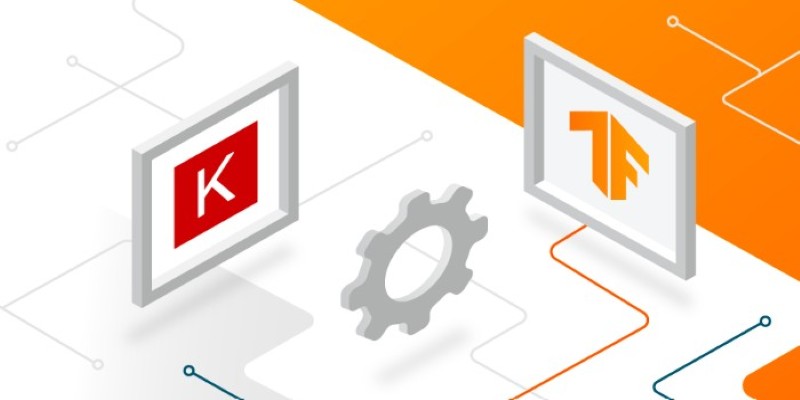
Keras has great community support, too, especially for beginners. It's easy to find tutorials, forums, and GitHub projects built with Keras. But when it comes to breadth — tools, integrations, libraries — TensorFlow covers a wider ground.
If you want a large number of plug-and-play tools or need something very specialized like speech recognition or federated learning, TensorFlow’s ecosystem is going to save you a lot of time.
Choosing between TensorFlow and Keras depends mainly on what you’re trying to accomplish.
If you're new to machine learning or deep learning and want to get models running quickly without pulling your hair out, Keras is an excellent choice. Its clean syntax and simple model-building approach mean you can stay focused on understanding the concepts without getting bogged down by technical details.
If you are planning to build something more advanced, like custom layers, loss functions, or highly optimized production models, or you need to work across multiple devices, TensorFlow gives you that freedom and control. It’s a more heavyweight tool, but one that pays off when you’re aiming high.
There’s another way to think about it: Keras can be your starting point. Then, as you get more confident, you can start using more of TensorFlow’s capabilities under the hood — without needing to abandon what you've already learned.
When it comes to TensorFlow vs Keras, there’s no hard rule about which one is “better.” They serve slightly different needs, and the best choice depends on your goals. Keras makes deep learning approachable, while TensorFlow brings the tools you need when your ambitions grow bigger.
So whether you’re coding your first neural network or designing a system to process data from millions of users, the good news is that both TensorFlow and Keras are capable of supporting your path. It all starts with where you are — and where you want to go next.
Advertisement
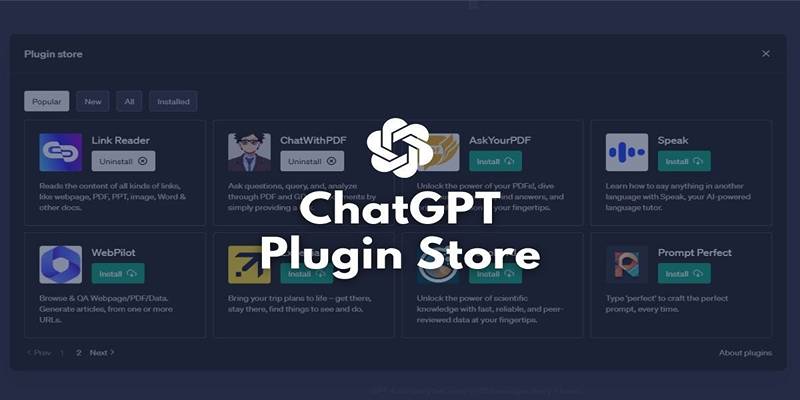
Explore the top 4 ChatGPT plugin store improvements users expect, from trust signals to better search and workflows.
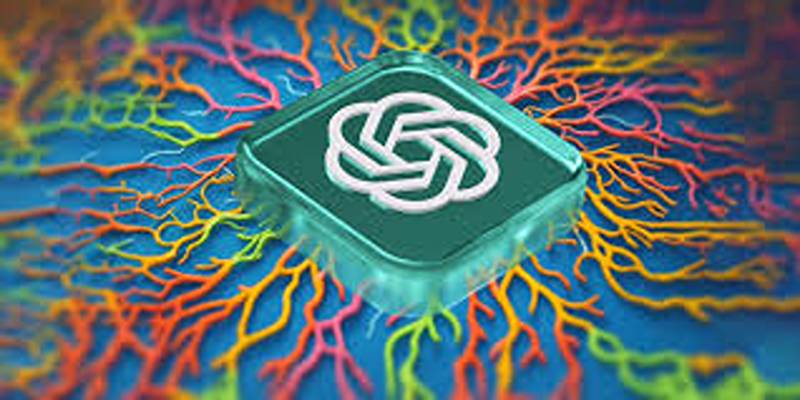
Explore 6 ways ChatGPT enhances video game scriptwriting through dialogue, quest, and character development support.
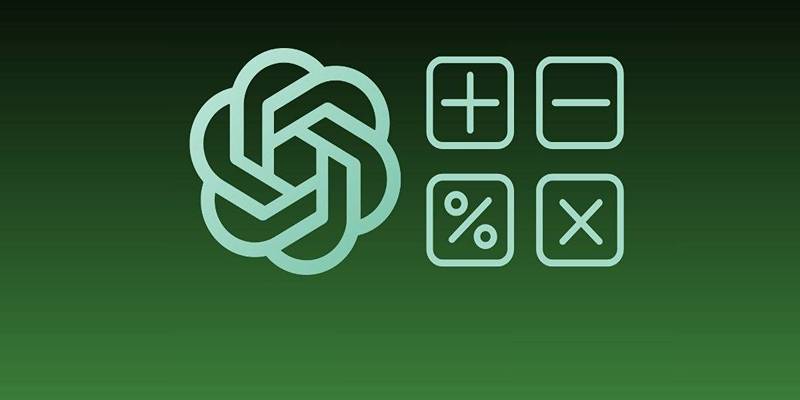
Can ChatGPT really solve math problems? Discover its accuracy in arithmetic, algebra, geometry, and calculus.

Need a sharp, professional headshot without booking a shoot? Check out the best AI headshot generators in 2025 to create standout photos in minutes
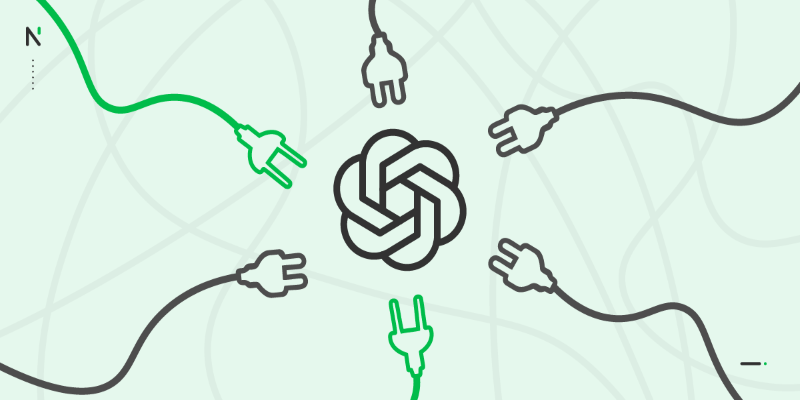
Ever wondered what plugins come standard with ChatGPT and what they're actually useful for? Here's a clear look at the default tools built into ChatGPT and how you can make the most of them in everyday tasks

Amazon CEO Andy Jassy highlights the importance of AI investment in his annual letter, outlining how artificial intelligence strategy is shaping the company’s growth and innovation plans
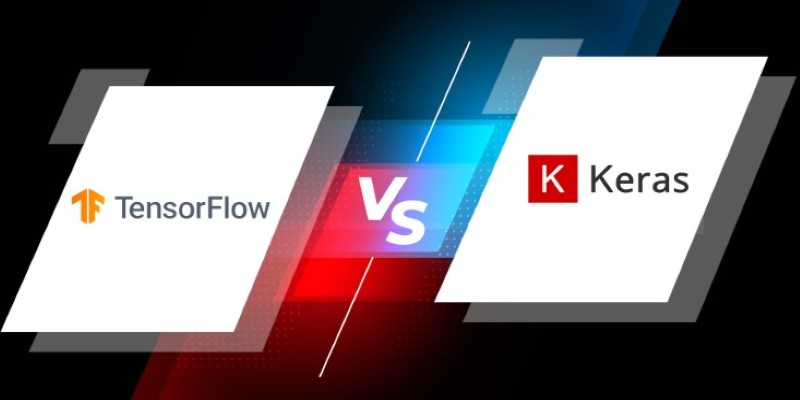
Wondering whether TensorFlow or Keras fits your project better? Learn how they compare in simplicity, flexibility, performance, and real-world use cases

Learn how ChatGPT can improve your habits, mindset, health, and daily life with smarter planning and consistent support.

Explore 8 of the best AI-powered apps that enhance productivity and creativity on Android and iPhone devices.

Learn how to use ChatGPT with 7 smart prompt categories—from DeFi to NFTs, analysis, education, and more.

This guide shows how to set up ChatGPT on Android and iOS for private, smooth, and on-the-go AI conversations.
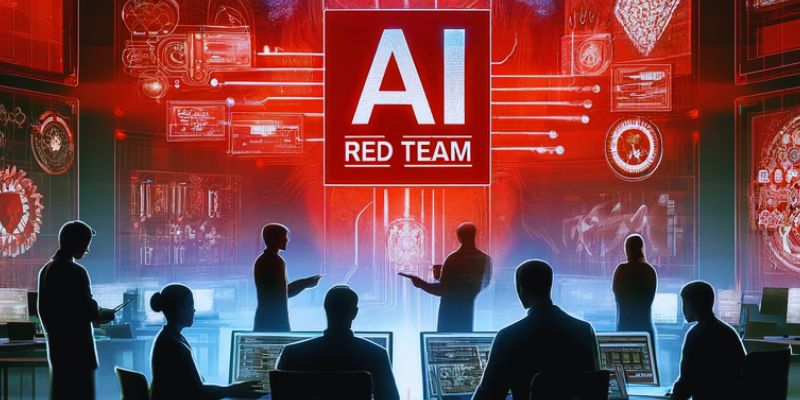
Learn what AI red-teaming means, why it matters for AI safety, and how it helps find and fix risks in different AI systems